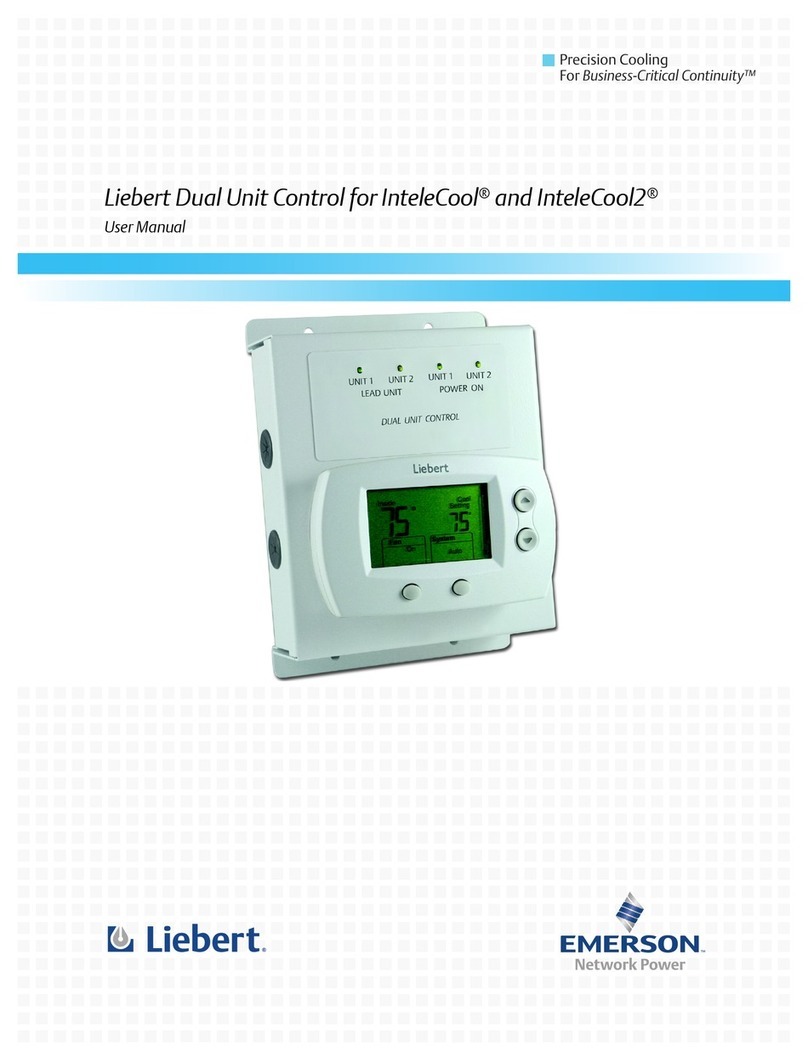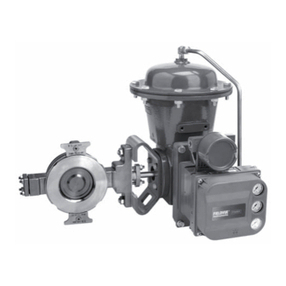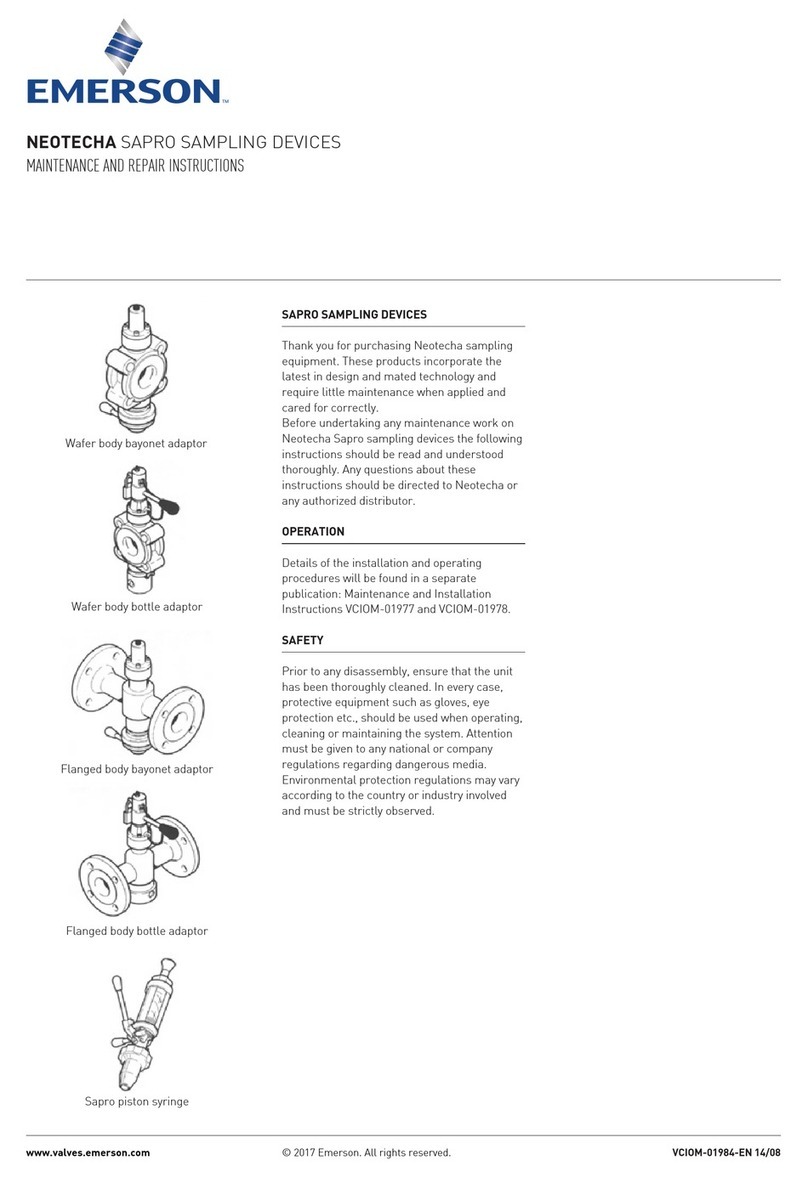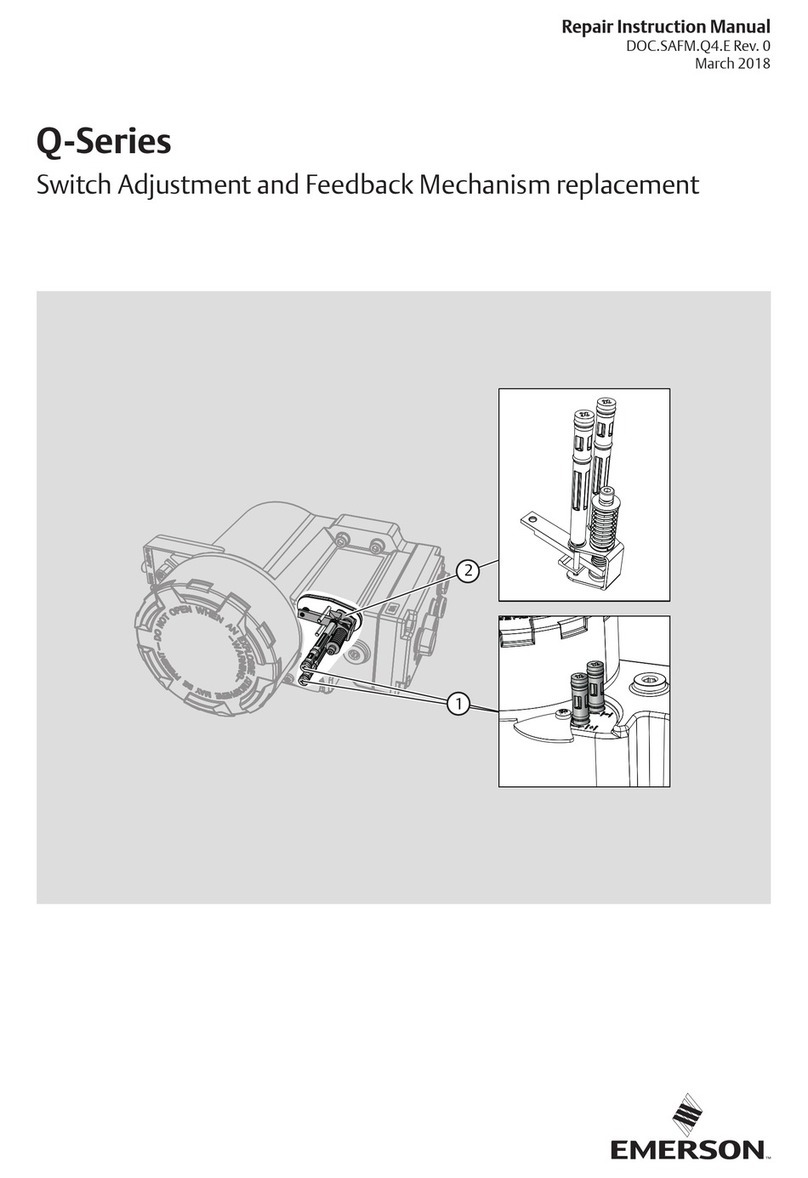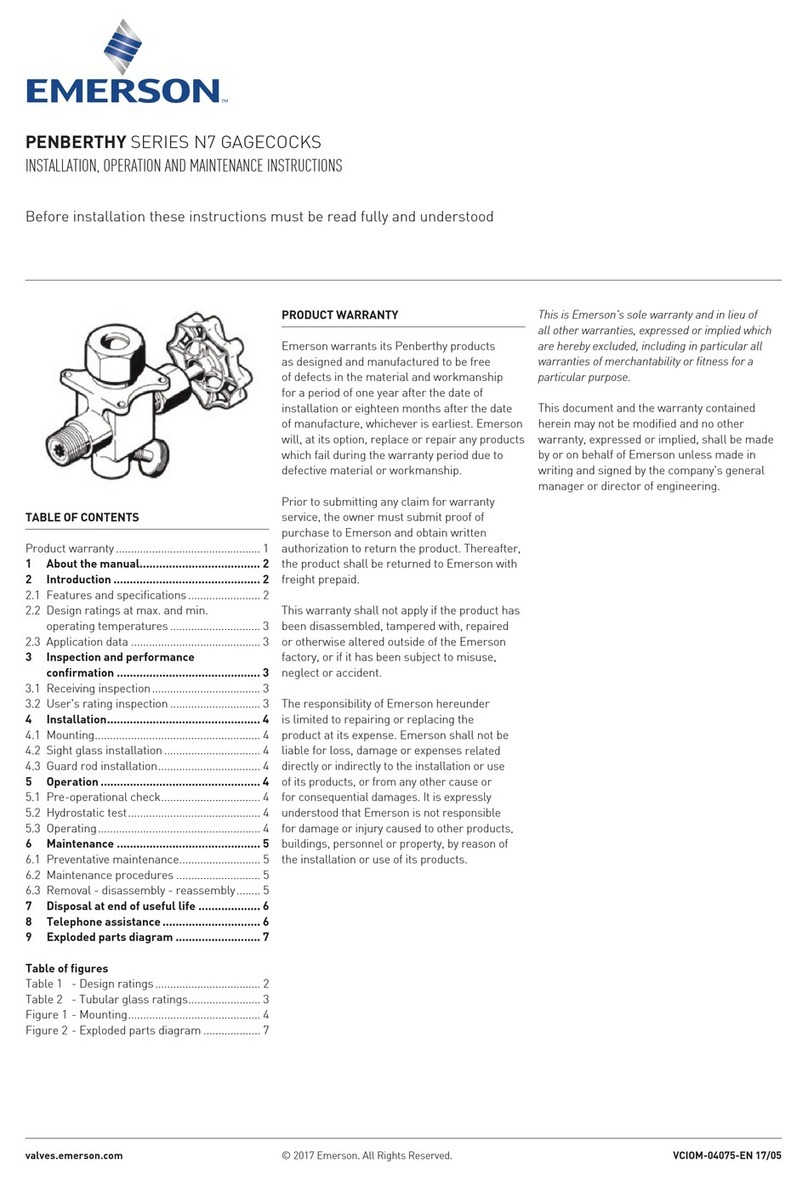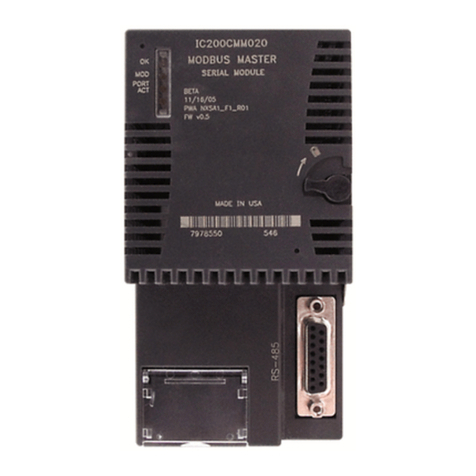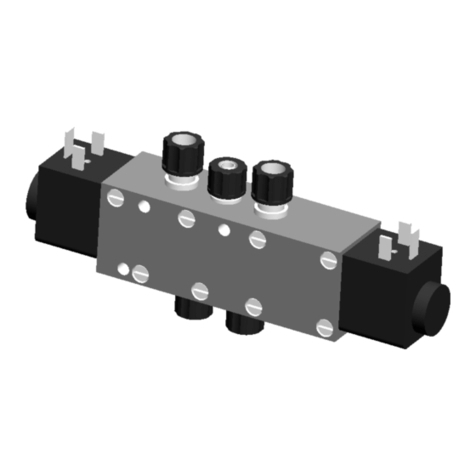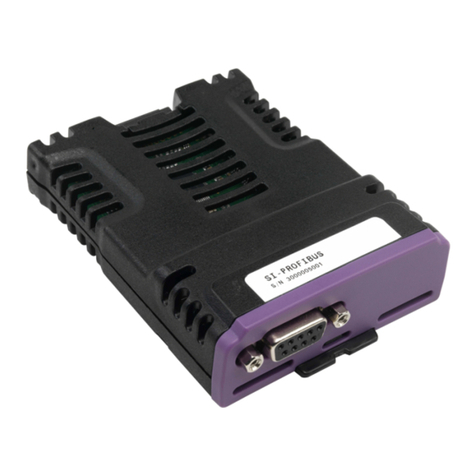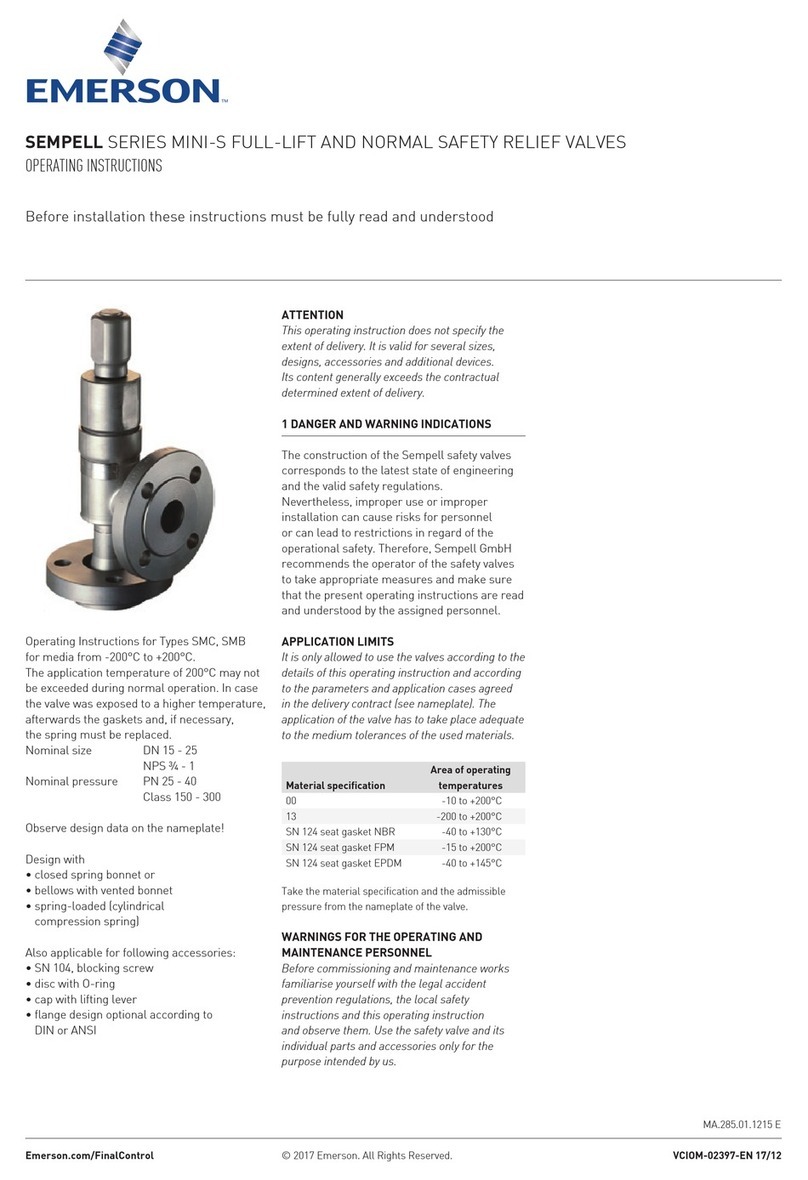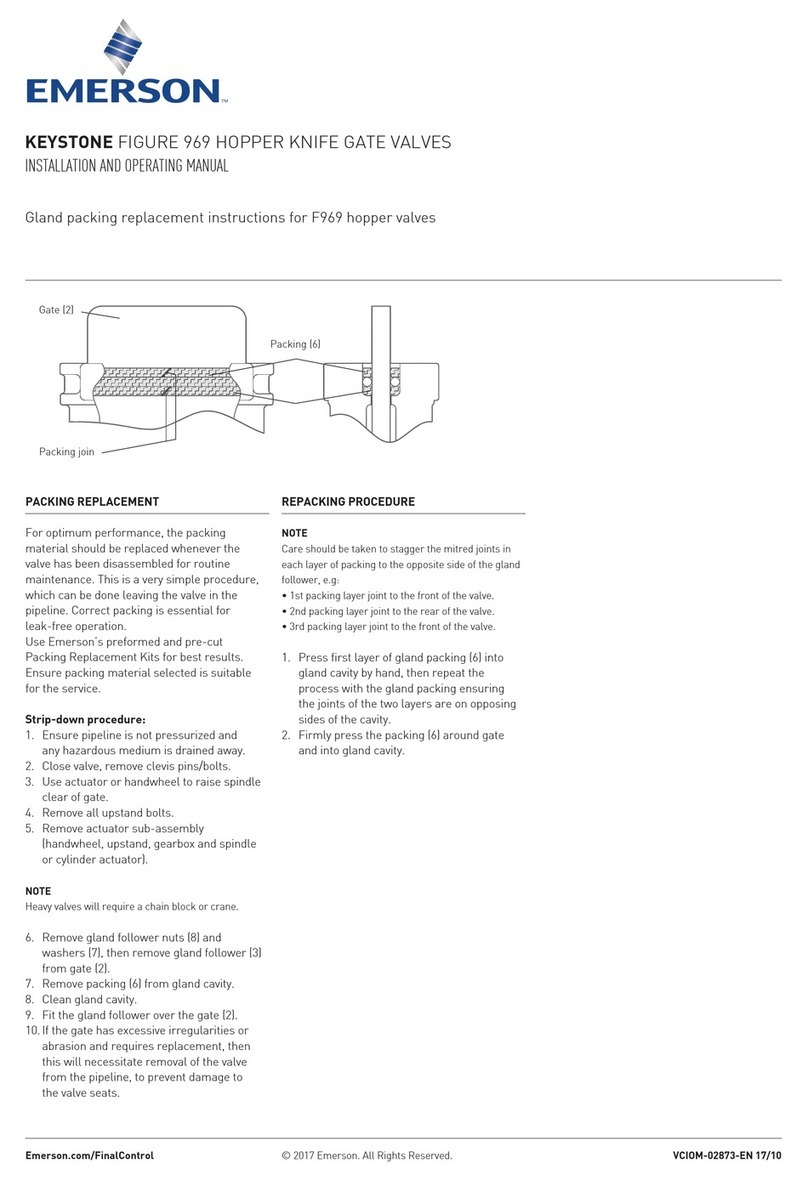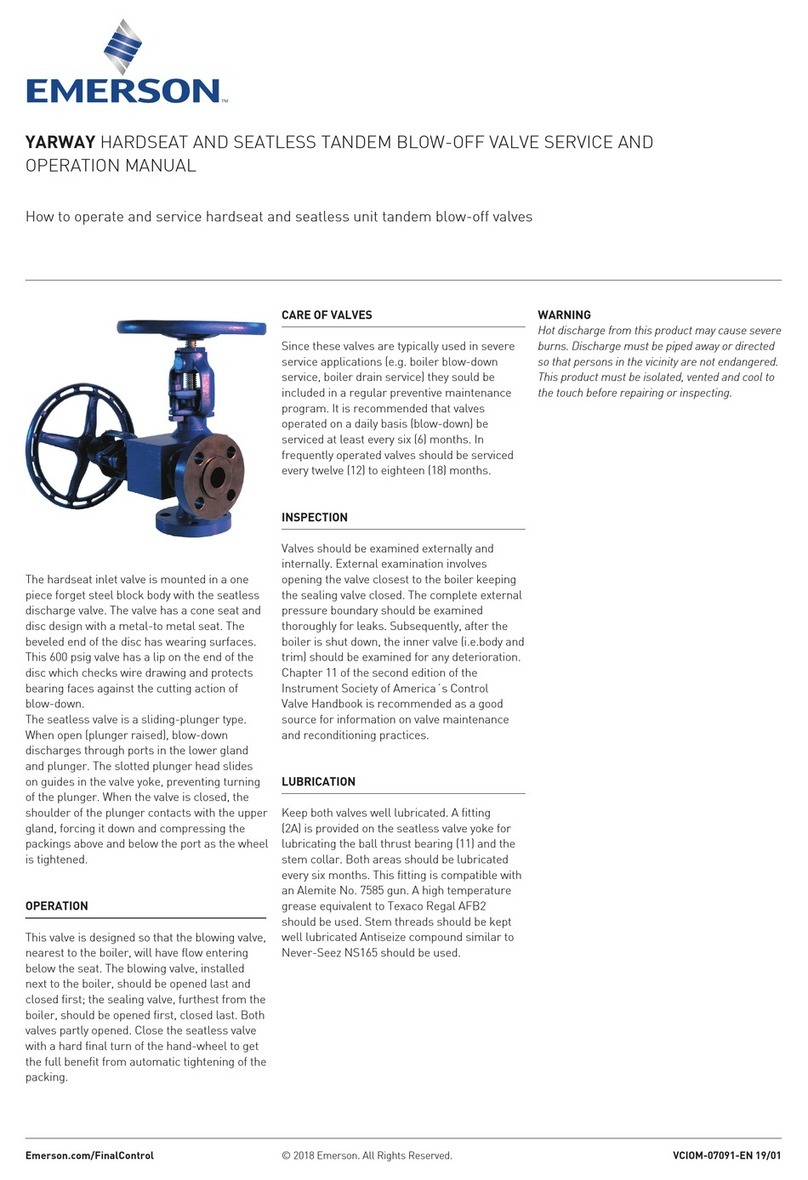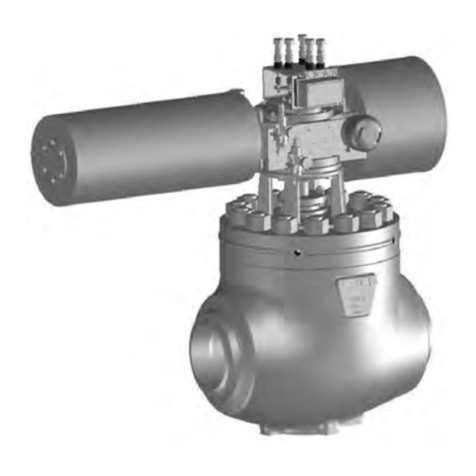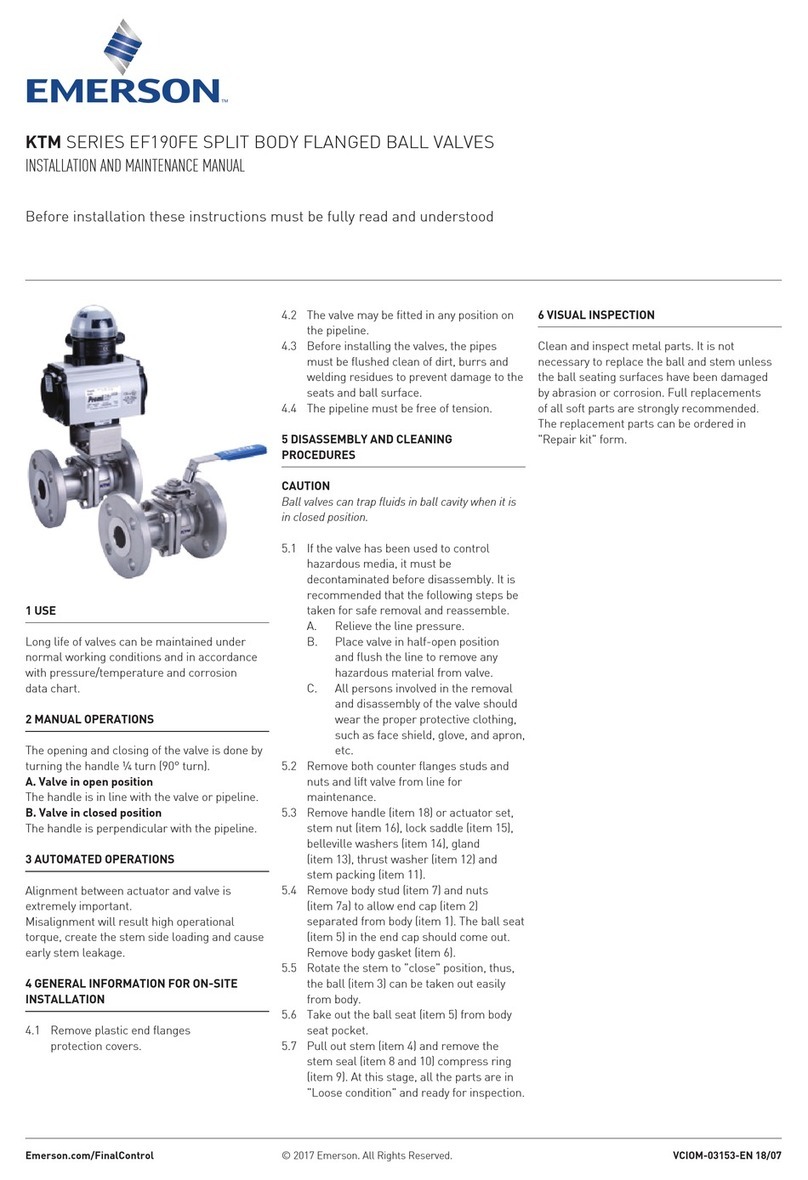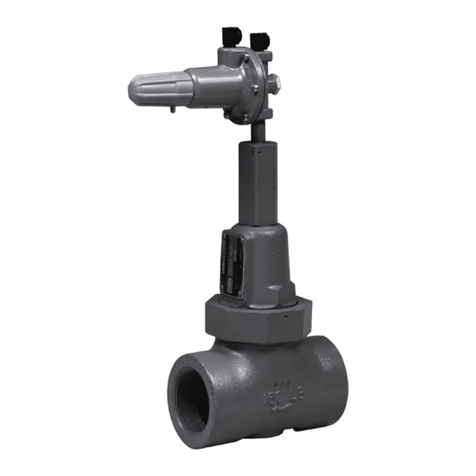
3
PRX Series
valve and simultaneously open the outlet vent tap. In case
of safety slam-shut device being tted, keep this valve
manually open in order to prevent it from tripping.
c. Slowly close the vent tap and read the lock-up pressure
value. An increase in outlet pressure will initially be
detected, after which pressure will stabilize. If, on the
contrary, outlet pressure continues increasing, then the
seal is defective. Check if leak is ascribable to pilot or
regulator.
Checking Pilot Gas Tightness
a. Link up together connection A, connection B, a vent tap
and a pressure gauge with appropriate scale.
b. Close connection L.
c. Slightly open vent tap, feed either gas or compressed air
to the pilot through connection S. Pressure gauge will
show the pilot set pressure.
d. Close vent tap and read the lock-up pressure value,
which should be less than 0.4 bar. If this value is higher
than 0.4 bar, pilot pad or seal seat are worn out or
damaged.
e. Use soapy water to check there are no gas leaks.
Only for PRX/182 Pilots
and PRX/131 Booster Valves:
Pilot tightness should be tested regularly by referring to the
following procedure:
a. Supply tting A with normal operating pressure.
b. Make sure there is no gas outow from tting B.
SEP STATEMENT
Emerson Process declares this product conforms to
Pressure Equipment Directive (PED) 97/23/EC.
Article 3 section 3 and was designed and manufactured in
accordance with sound engineering practice (SEP).
Per Article 3 section 3, this “SEP” product must not bear the
CE marking.
ATEX REQUIREMENTS
!
WARNING
If the provisions of EN 12186 & EN 12279,
national regulations, if any, and specic
manufacturer recommendations are not
put into practice before installation and
if purge by inert gas is not carried out
before equipment’s start-up and shut-down
operations, a potential external and internal
explosive atmosphere can be present in
equipment & gas pressure regulating/
measuring stations/installations.
If a presence of foreign material in the pipelines is foreseen
and purge by inert gas is not carried out, the following
procedure is recommended to avoid any possible external
ignition source inside the equipment due to mechanical
generated sparks:
• drainage to safe area via drain lines of foreign materials, if
any, by inow of fuel gas with low velocity in the pipe-work
(5m/sec)
In any case,
• provisions of Directive 1999/92/EC and 89/655/EC shall
be enforced by gas pressure regulating/measuring station/
installation’s end user
• with a view to preventing and providing protection against
explosions, technical and/or organizational measures
appropriate to the nature of the operation shall be taken
(e.g. : lling/exhausting of fuel gas of internal volume
of the isolated part/entire installation with vent lines
to safe area - 7.5.2 of EN 12186 & 7.4 of EN 12279 ;
monitoring of settings with further exhaust of fuel gas to
safe area ; connection of isolated part/entire installation to
downstream pipeline; ….)
• provision in 9.3 of EN 12186 & 12279 shall be enforced by
pressure regulating/measuring station/installation’s
end user
• external tightness test shall be carried out after each
reassembly at installation site using testing pressure in
accordance with national rules
• periodical check/maintenance for surveillance shall be
carried out complying with national regulations, if any, and
specic manufacturer recommendations.
MAINTENANCE
CAUTION
Maintenance should be carried out by skilled
personnel to ensure good servicing results.
Contact our technical support representatives
or our authorized dealers for any information.
Let gas under pressure ow out of the
relevant part of the system before servicing.
General Maintenance
a. Disconnect and remove the pilot from the line.
b. Fully unscrew the adjusting screw (key 1).
c. Unscrew the cap (key 3), remove the spring holder (key 6)
and the spring (key 7). Replace the O-rings (key 4 and 5).
d.
Loosen screws (key 10), remove the upper cover (key 8)
and the lower cover (key 21). Replace the O-ring
(key 18).
